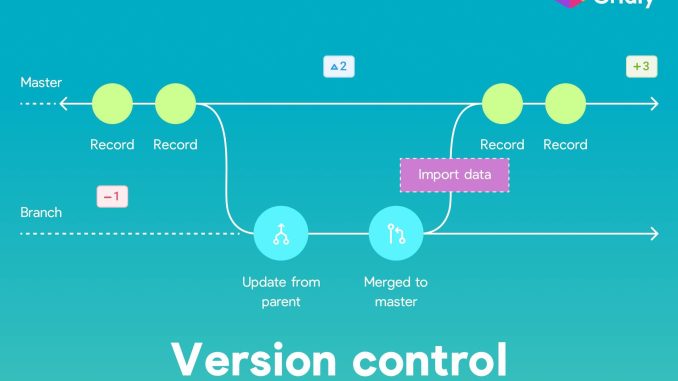
In the world of software development and digital collaboration, the idea of version control is often talked about but not always fully understood by those outside the technical sphere. Yet, version control is a fundamental concept that can greatly improve how teams work together, how projects evolve, and how mistakes are managed. At its heart, version control is simply a system that keeps track of changes made to files over time, allowing multiple people to work together smoothly while preserving a clear history of edits. Understanding this concept in simple terms can demystify a powerful tool that benefits not only developers but anyone dealing with documents or projects that evolve over time.
Imagine you’re working on an important document—perhaps a business proposal, a marketing plan, or a financial report. As you revise and refine this document, you save new copies under different names, like “proposal_v1,” “proposal_v2,” and so on. This method helps you avoid losing earlier drafts and lets you refer back to them if needed. Version control systems take this idea to a much higher level, automating the tracking process and making it seamless and efficient.
At its simplest, a version control system acts like a detailed diary of your work, recording every change made to a file, who made it, and when it happened. This is invaluable because it allows you to revisit any previous version of your work, compare changes over time, or undo mistakes without the fear of losing important progress. In a professional environment, this means that teams can collaborate without overwriting each other’s work or getting lost in a maze of conflicting edits.
One of the best-known version control systems is Git, which is widely used in software development but is equally applicable to other fields involving digital content. When a team uses Git, each member works on their own copy of the project, making changes independently. These changes are then merged into a shared project repository, where the system carefully manages how different edits are combined. If conflicts arise—for example, if two people edit the same paragraph—Git highlights these differences and helps the team resolve them systematically.
The benefits of version control extend beyond just managing conflicts. It fosters accountability and transparency, as every change is associated with an individual’s name and a timestamp. This history creates a clear audit trail, which can be essential in regulated industries or complex projects. It also encourages experimentation. Knowing that you can always revert to a previous version allows teams to try new ideas without fear of permanently damaging the project.
Consider a software development team building a new application. Without version control, developers might email files back and forth or overwrite each other’s work, leading to confusion and errors. With a version control system, each developer can create a separate branch—a safe space to test new features without affecting the main project. When a feature is ready, it is merged back into the main codebase, where automated tests and reviews ensure everything works well together. This workflow improves quality and speeds up delivery, benefiting both developers and end users.
While version control is often associated with software, its principles apply equally to other creative and professional fields. Writers collaborating on a manuscript, designers working on graphics, and even teams managing spreadsheets or presentations can use version control to keep their work organized and collaborative. Cloud-based tools like Google Docs offer a basic form of version control by saving revision histories, but dedicated systems like Git provide much more control and flexibility, especially when dealing with complex projects or large teams.
Learning to use version control might seem intimidating at first, especially with the technical jargon and command-line interfaces often involved. However, modern tools have made the process much more accessible. Graphical user interfaces (GUIs) and integrations with popular development environments allow users to manage versions visually and intuitively. For those new to the concept, starting with simple workflows—such as saving changes with clear messages and reviewing history—builds confidence and reveals the power of version control.
In summary, version control is a foundational technology that enables individuals and teams to work smarter, safer, and more collaboratively. By tracking changes systematically, it reduces errors, supports teamwork, and preserves the valuable history of a project’s evolution. Whether you’re developing software, crafting a document, or managing digital assets, understanding version control empowers you to maintain control over your work and adapt flexibly as projects grow and change. Embracing version control is not just a technical skill—it’s a mindset that encourages careful planning, clear communication, and continuous improvement, qualities that are valuable across any business or creative endeavor.